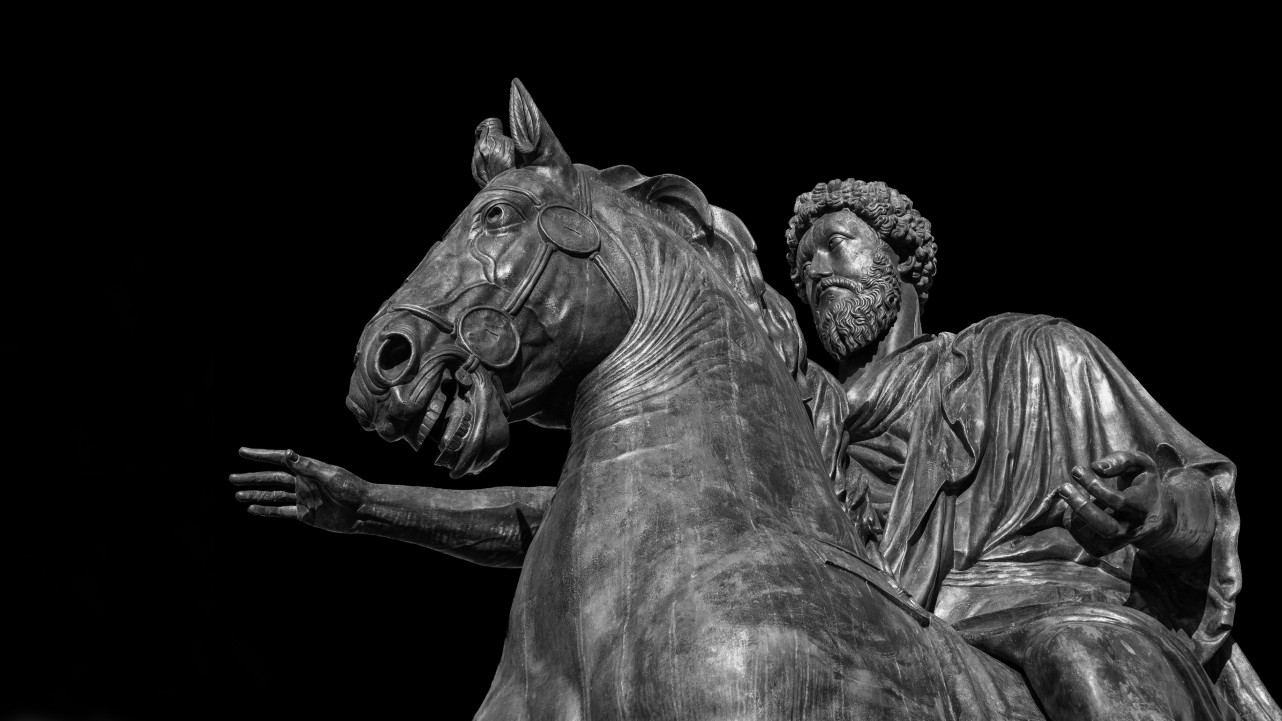Calvin Butts discusses the history of the Abyssinian Baptist Church and its legacy of social activism.
Question: What is the history of the Abyssinian Baptist Church?
Rev. Butts: The Abyssinian Baptist Church was established in 1808. It was founded as a result of racial segregation in the first Baptist Church located on Gold Street in Lower Manhattan. Several Ethiopian merchants visited the church to worship and they were told that they had to sit in the segregated section of the church were they refused because they did not understand segregation in the House of God and walked out. Several African-Americans who are worshipping there, [free] African-Americans in New York saw that and walked out with them and they got together and decided to establish a church where all people can worship and they named it for the Ethiopians, the Abyssinians, they named it the Abyssinian Baptist Church, Abyssinian being an ancient name for Ethiopia. And since then, the church has been located in New York. And this year, 2008, we celebrate our bicentennial and we celebrated with a number of great activities last September ‘07, we took 165 pilgrims to Ethiopia and we’ve visited with the largest group ever to visit Ethiopia and it was a marvelous visit. We visited all the ancient cities, we saw the religious artifacts. Wynton Marsalis, the Musical Director of Jazz at Lincoln Center and the Jazz at Lincoln Center Orchestra, Wynton wrote a piece for our celebration, it was performed at Jazz at Lincoln Center and two performances at the church. We had a large health walk where we visited the various sites were Abyssinians was located because we walked out of Gold Street, we were located on Anthony Street which is now Worth Street, we were located on Waverly Place, and then, finally 40th street… I’m sorry… 40th street and then finally the congregation moved north to Harlem located on West 138th Street. We’ve had many distinguished pastors. The best known would be Adam Clayton Powell, Sr. who built the church at 138th street, Gospel giant and grew it to the largest protestant congregation in America. Actually, Abyssinian was the first mega church. Then he was followed by his son, Adam Clayton Powell Jr., not only a dynamic pastor but, of course, a distinguished gentleman, server in the United States Congress for nearly 30 years. And finally… well, not finally, Dr. Samuel DeWitt Proctor, an esteemed educator followed him and I followed Dr. Proctor.
Question: Do you plan to revive the church’s legacy of social activism?
Rev. Butts: The church, Abyssinian especially, in the tradition of the Black Church particularly should be a gadfly, should be the conscience of the community or state or nation, and Abyssinian has been that. Adam Clayton Powell, Sr. was one of the founders of the NAACP. Adam Clayton Powell, Jr. produced more pieces of domestic legislation for the benefit of all Americans than any other person that I know of who served in the Congress. Dr. Samuel DeWitt Proctor was an ardent arguer for racial justice, equality and especially education particularly for those who were not as well endowed in terms of material things as others. And I want Abyssinian to continue on that tradition. We’ve done so, in our own form of protest, if you will, by the rebuilding of the Harlem Community. We found that the Abyssinian Development Corporation, we watched these housing was deteriorating, schools were falling apart. The educational quality was in at all time low. Commercial businesses were fleeing and so our development corporation began by reestablishing a housing [stock], affordable housing for working families. We have built three schools, a lower school, a middle school and a high school. Two of those schools and a brand new building, the first brand new high school built in Harlem in 50 years or more. We have established commercial businesses. We’ve built a shop, a vertical office building and mall in 125th street in Lenox Avenue. We’ve built the first Pathmark Supermarket in Harlem, the first supermarket in Harlem. We have the largest supermarket on Manhattan either. We have… Oh, my goodness. Well, you get the idea. I mean, I can’t think of all… there are several other things, but that in a real sense for me is a protest against the kind of forces that would have allowed for deterioration, and then moved in and reestablished a bank here for market rate housing and gentrification. Now, when I talked about gentrification, I’m not talking about whites displacing blacks, what I’m taking about more so is the wealthy… it’s a [class war] where the wealthy misplaced the poor. Harlem happens to be predominantly a black community and the people who lived there are poor, and it just so happens that many times in the gentrification process, the poor blacks are pushed out by more well endowed whites, but the real issue is to make sure that poor people whatever race they are have an opportunity to live and prosper in this city, and our form of protest is to build the kind of housing and community resources or create the community resources that will allow poor people to exist with dignity in a city like New York as well as argue that model for the nation.





